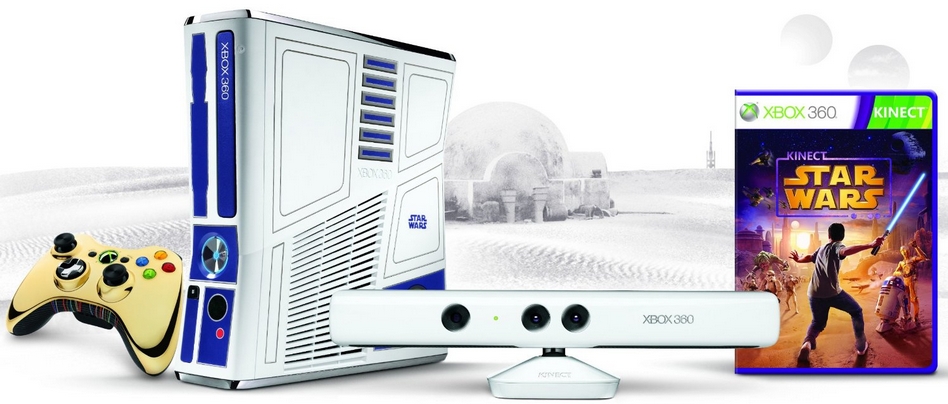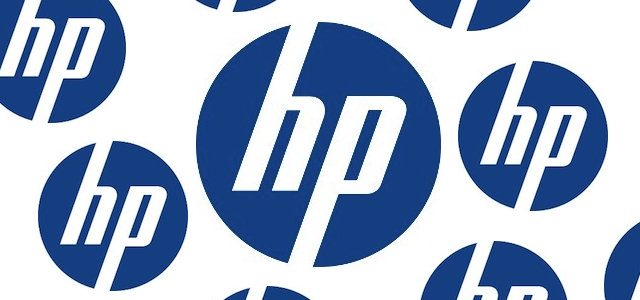
On Tuesday Apple took the stage for the second time in two months to announce a slew of new hardware. The 13-inch MacBook Pro has been gifted a Retina display to match its 15-inch brother, the Mac mini packs the latest specs, the iMac slimmed down in a major way, a fourth generation iPad with Retina display replaced its six month old predecessor, and the tablet now has a smaller companion in the iPad mini. Read on for the full rundown organized by product category.
The Mac
13-inch MacBook Pro with Retina display
This summer Apple introduced the “next-generation” MacBook Pro with a 15-inch model featuring a Retina display with a resolution of 2880 x 1800. This week the 13-inch model received a similar upgrade. The new MBP sports a 13.3-inch display with a resolution of 2560 x 1600 (that is 4x the number of pixels than the previous 13-incher). Apple is calling it “the world’s second highest resolution notebook display” behind the 15-inch MBP with Retina display, of course. The screen promises rich color, deep blacks, 29 percent higher contrast ratio, 75 percent reduced reflection, IPS for 178 degree viewing angle, and 300 nits brightness. The optical drive is gone, and this allows for a slimmer design; the new MBP is 0.75 inches thin (20 percent thinner than before) and weighs 3.57 pounds (almost a pound lighter), making it the lightest MBP ever. It features a FaceTime HD camera, backlit keyboard, left and right speakers, glass multi-touch trackpad, built-in WiFi, Bluetooth, and 7 hours of battery life. Ports along the left side include MagSafe 2, two Thunderbolt ports, one USB 3 port, a headphone jack, and dual mics; on the other side there’s an SD card slot, one HDMI port, one USB 3 port. The 13-inch MacBook Pro with Retina display specs start at 2.5GHz dual-core i5 processor, 8GB RAM, and 128GB flash storage for $1699. Now shipping.
Apple’s MacBook lineup includes 13 and 15-inch MacBook Pros with and without Retina displays and 11 and 13-inch MacBook Airs.
Jump after the break to see the new Mac mini, iMac, iPad, and iPad mini. Continue reading Apple intros 13-inch MacBook Pro with Retina display, updated Mac mini & iMac, fourth-gen iPad & iPad mini


































































